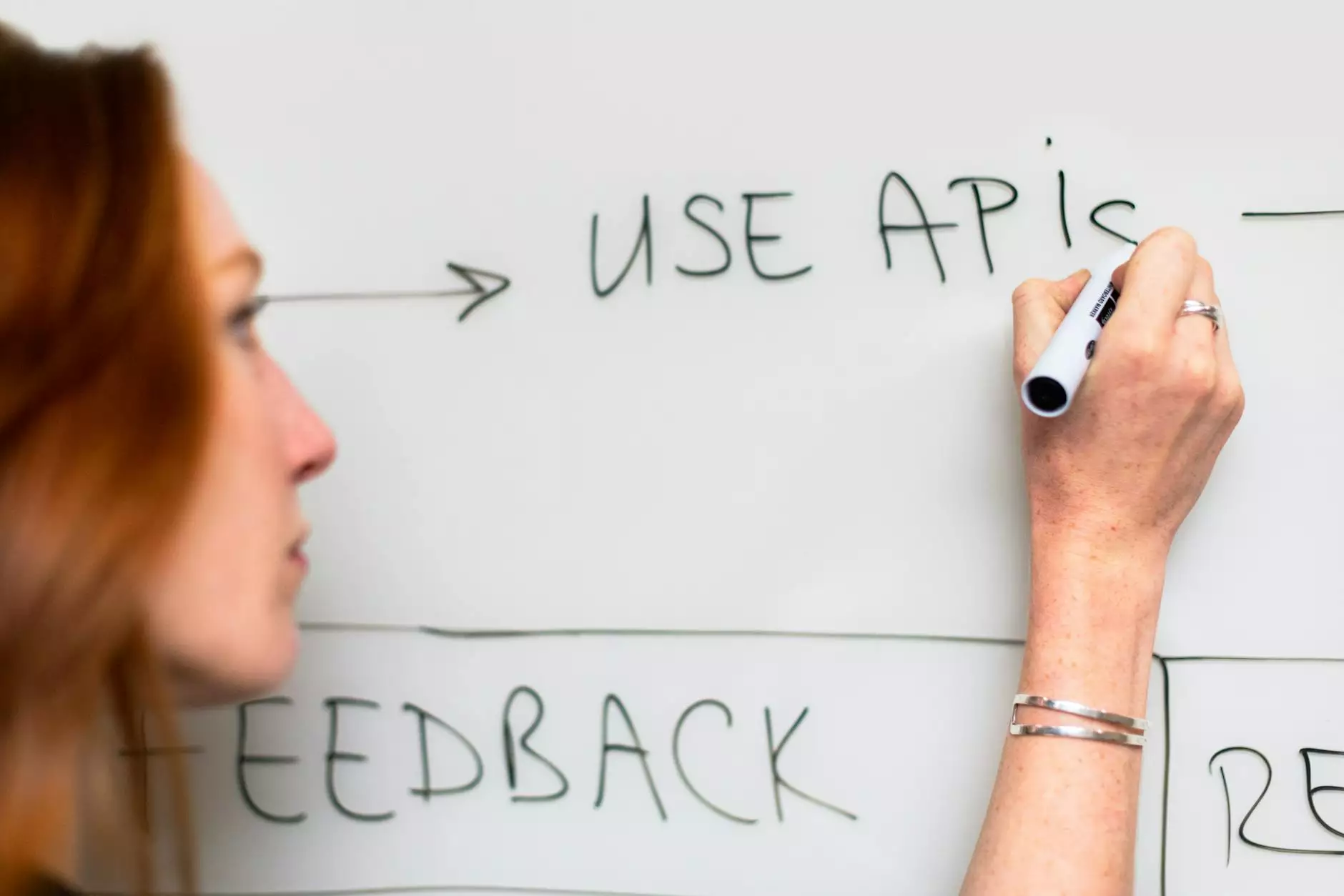How to Avoid Blisters When Running

Running is one of the most popular forms of exercise, providing numerous health benefits including improved cardiovascular health, enhanced mood, and increased stamina. However, one common issue faced by runners is the development of blisters. These painful skin irritations can hinder your performance and enjoyment. In this comprehensive guide, we delve into the essential tips and strategies on how to avoid blisters when running.
The Basics of Blisters
Before we get into the strategies for prevention, it's important to understand what blisters are. Blisters are small pockets of fluid that form on the skin's surface as a result of friction, pressure, or burns. In the running context, blisters generally develop on the feet due to constant rubbing against shoes or socks. Knowing the root cause of blisters can significantly aid in preventing them.
Choosing the Right Footwear
The choice of running shoes is paramount in avoiding blisters. Here are some vital tips for selecting the appropriate footwear:
- Get Properly Fitted: Always have your feet measured at a reputable running store. Feet can change shape over time, and it's crucial to wear shoes that fit well.
- Consider Your Running Style: Different runners have different styles. If you overpronate or have a high arch, ensure you choose shoes that provide adequate support.
- Choose Breathable Materials: Look for shoes made from breathable fabrics that allow moisture to escape, thereby reducing the chances of blisters.
- Buy Shoes in the Afternoon: Your feet naturally swell during the day. Purchasing shoes later in the day ensures a better fit.
- Leave Room for Toes: Ensure there is enough room in the toe box. A thumb’s width between your longest toe and the end of the shoe is a good rule of thumb.
Importance of Proper Sock Choice
Your socks play a critical role in blister prevention. Here’s how you can pick the right pair:
- Opt for Moisture-Wicking Fabrics: Choose socks made from materials like polyester, wool, or specialized moisture-wicking blends that keep your feet dry.
- Avoid Cotton Socks: Cotton tends to absorb moisture and retain it, which increases the risk of blister formation.
- Consider Sock Thickness: Depending on your shoe type, choose the thickness of your sock carefully. Thicker socks provide extra cushioning but may also contribute to friction if the fit is too snug.
- Use Double-Layer Socks: These are specifically designed to reduce friction by allowing the outer layer to move while the inner layer stays in place against your skin.
Preparing Your Feet
Proper foot preparation can greatly reduce the chance of blister formation. Here are some vital practices:
- Keep Your Feet Dry: Dry feet are less likely to develop blisters. Use foot powder or antiperspirants designed for feet before running.
- Check for Existing Hot Spots: Before heading out, inspect your feet for any existing friction points. If you feel any discomfort during a run, stop immediately and address the issue.
- Moisturize Your Feet: Keep the skin on your feet healthy and lightly moisturized to enhance elasticity and reduce friction.
- Consider Taping or Using Blister Patches: If you have previously experienced blisters in specific areas, consider preemptively taping those areas or applying blister pads to minimize friction.
Gradual Introduction of New Shoes
One common mistake runners make is wearing brand new shoes without gradually breaking them in. Follow these guidelines for a smoother transition:
- Break in New Shoes Gradually: Start with short runs and progressively increase the distance as the shoes mold to your feet.
- Alternate Footwear: Rotate new shoes with your regular shoes to help your feet adjust to the different fit and feel.
- Pay Attention to Feedback: Listen to your feet, and do not hesitate to return or exchange shoes that are uncomfortable.
Foot Care After Running
Taking care of your feet post-run is essential in preventing blisters:
- Clean Feet Properly: After your run, wash your feet to remove sweat and debris that could cause irritation.
- Dry Your Feet Thoroughly: Ensure your feet are completely dry before putting on socks or shoes.
- Apply Moisturizer: A good moisturizer helps maintain foot elasticity and skin integrity, preventing cracks and blisters.
- Inspect Feet Regularly: Check for any signs of blisters or abrasions, and treat them promptly.
Adjusting Your Running Form
In some cases, blisters can result from poor running form. Here are ways to improve your technique:
- Shorten Your Stride: This can limit the horizontal movement of your foot within the shoe, decreasing the chance for friction.
- Run Smoothly: Aim for a smooth stride to reduce the impact on your feet and lessen the likelihood of blisters.
- Consult a Professional: If you're unsure, consider consulting a running coach or podiatrist for personalized advice.
Using Protective Products
Many products are available designed to help prevent blisters:
- Blister Prevention Sprays: These create a protective layer on your skin to reduce friction.
- Silicone Gel Pads: These can be placed in areas prone to blisters for additional cushioning.
- Specialized Blister Prevention Creams: These creams can help minimize friction and keep your skin smooth.
Conclusion
By following these comprehensive steps on how to avoid blisters when running, you can enjoy your runs without the discomfort of painful blisters. Proper footwear selection, sock choice, foot care, and technique are key elements to ensure blisters don't hinder your running experience. Remember, if you consistently face issues, consulting a podiatrist can provide professional insights tailored to your individual needs. Happy running!









